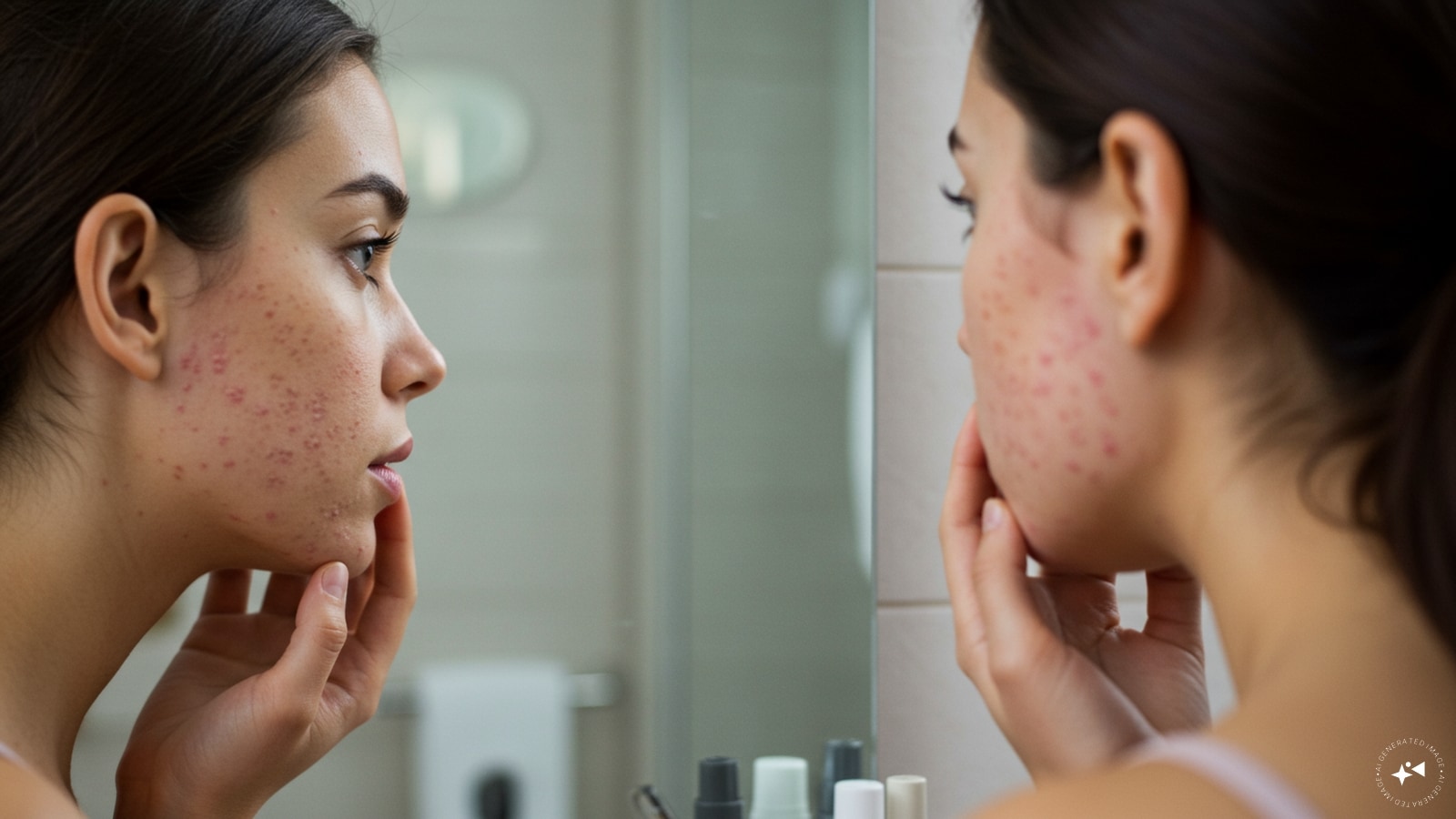Last Updated:
Skin hyperpigmentation is one of the most common skincare concerns. However, it can be treated with a customised approach.

Fading hyperpigmentation on skin needs patience and consistency.
Hyperpigmentation is one of the most common skin concerns worldwide. Whether it shows up as sunspots, melasma, or post-acne marks, the condition occurs when excess melanin causes patches of skin to darken unevenly. While often harmless, hyperpigmentation can be distressing and has led to a surge of treatment options ranging from proven medical therapies to quick-fix DIY hacks circulating online.
“Hyperpigmentation may look like a cosmetic issue, but it can deeply impact confidence and quality of life. The key is to separate clinically proven treatments from temporary or ineffective trends,” explains Dr. Viral Desai, board-certified cosmetic plastic surgeon and Medical Director – DHI India.
So, what actually works? We asked experts to weigh in.
Tried-and-Tested Treatments
Chemical Peels: Using glycolic, salicylic, or TCA acids, these peels exfoliate the upper skin layers and target stubborn pigmentation. “Peels can be customised based on skin type and concern. While mild downtime is expected, multiple sessions give significant results,” shares celebrity cosmetologist Dr. Mahnaz Jahan Begum, Founder of Keraderm Clinics.
Laser Therapy: “Laser therapy is one of the most effective methods, but it must be chosen carefully. In darker skin tones, it requires extra caution to avoid post-inflammatory hyperpigmentation,” notes Dr. Desai.
Pigmentation Creams: Topical agents like hydroquinone, retinoids, vitamin C, niacinamide, and azelaic acid are widely used. “Hydroquinone is still the gold standard for melasma and age spots, though it requires monitoring to prevent irritation,” adds Dr. Desai. According to Dr. Begum, “Topical creams work best in combination with in-clinic treatments, offering gradual improvement.”
New-Age Therapies Worth the Hype
Both doctors point to emerging options that are gaining credibility.
- Tranexamic Acid: “It has shown great promise, whether topical or oral, but requires medical supervision due to systemic risks,” cautions Dr. Desai.
- Glutathione: An antioxidant delivered orally or via injections, it helps reduce melanin activity. “Combined with Vitamin C, it can enhance skin brightness and reduce pigmentation,” says Dr. Begum.
- PDRN/PN Injections & Exosomes: Cutting-edge microinjection therapies that improve melasma, PIH, and even dark circles. Dr. Desai notes, “They inhibit melanogenesis at the cellular level and, when paired with microneedling, show significant results.”
Trending Therapies That Are Not Effective
Despite their popularity on social media, not all remedies deliver.
“Rice water masks or potato slices might give temporary brightness from mild exfoliation, but there’s no scientific evidence that they reduce melanin production,” clarifies Dr. Desai.
Hyperpigmentation treatments are not one-size-fits-all. The most effective approach depends on individual skin type, depth of pigmentation, and expert guidance. So, before trying that viral potato hack, consult a dermatologist. After all, radiant skin is best achieved through science, not shortcuts.
view comments
- Location :
Delhi, India, India







